
Filter News
Area of Research
- Advanced Manufacturing (6)
- Biology and Environment (69)
- Biology and Soft Matter (1)
- Building Technologies (2)
- Clean Energy (118)
- Climate and Environmental Systems (2)
- Computational Biology (1)
- Computer Science (3)
- Electricity and Smart Grid (1)
- Energy Sciences (1)
- Functional Materials for Energy (2)
- Fusion and Fission (20)
- Fusion Energy (5)
- Isotopes (7)
- Materials (93)
- Materials for Computing (11)
- National Security (37)
- Neutron Science (41)
- Nuclear Science and Technology (22)
- Nuclear Systems Modeling, Simulation and Validation (2)
- Quantum information Science (3)
- Renewable Energy (1)
- Supercomputing (77)
Date
News Topics
- 3-D Printing/Advanced Manufacturing (40)
- Advanced Reactors (18)
- Artificial Intelligence (22)
- Big Data (20)
- Bioenergy (31)
- Biology (33)
- Biomedical (27)
- Biotechnology (5)
- Buildings (17)
- Chemical Sciences (20)
- Clean Water (7)
- Climate Change (36)
- Composites (4)
- Computer Science (59)
- Coronavirus (32)
- Critical Materials (6)
- Cybersecurity (11)
- Decarbonization (22)
- Element Discovery (1)
- Energy Storage (46)
- Environment (65)
- Exascale Computing (11)
- Fossil Energy (1)
- Frontier (11)
- Fusion (20)
- Grid (20)
- High-Performance Computing (19)
- Hydropower (8)
- Irradiation (1)
- Isotopes (12)
- ITER (2)
- Machine Learning (18)
- Materials (39)
- Materials Science (53)
- Mathematics (2)
- Mercury (2)
- Microscopy (21)
- Molten Salt (2)
- Nanotechnology (26)
- National Security (19)
- Net Zero (2)
- Neutron Science (42)
- Nuclear Energy (41)
- Partnerships (8)
- Physics (23)
- Polymers (12)
- Quantum Computing (7)
- Quantum Science (23)
- Security (7)
- Simulation (6)
- Space Exploration (6)
- Summit (24)
- Sustainable Energy (49)
- Transformational Challenge Reactor (7)
- Transportation (25)
Media Contacts

The techniques Theodore Biewer and his colleagues are using to measure whether plasma has the right conditions to create fusion have been around awhile.
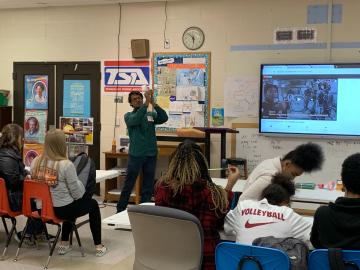
“Engineering is about building things to help others.” Before diving into a longer explanation, that’s how Singanallur “Venkat” Venkatakrishnan, an electrical and computer engineer ORNL, described engineering to students at Northwest Middle School.
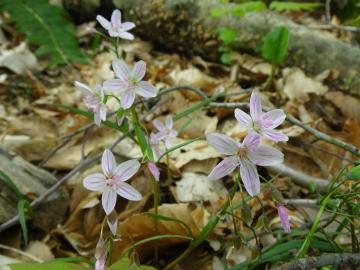
On the Department of Energy’s Oak Ridge Reservation (ORR), located in East Tennessee, more than 1100 vascular plants, 72 fish, 34 mammals and over 200 bird species have been observed.

Researchers at the Department of Energy’s Oak Ridge National Laboratory have used Summit, the world’s most powerful and smartest supercomputer, to identify 77 small-molecule drug compounds that might warrant further study in the fight
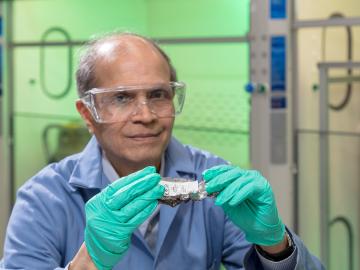
Three technologies and one commercialization program developed at the Department of Energy’s Oak Ridge National Laboratory have won National Technology Transfer Awards from the Federal Laboratory Consortium.
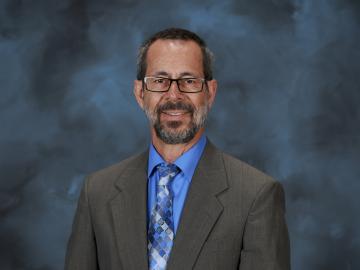
Four staff members from the Department of Energy’s Oak Ridge National Laboratory have been named fellows of the Neutron Scattering Society of America.
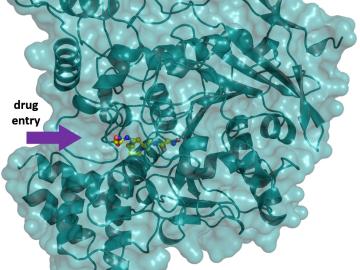
In the most comprehensive, structure-based approach to date, a team of scientists may have discovered a new family of antidotes for certain poisons that can mitigate their effects more efficiently compared with existing remedies.
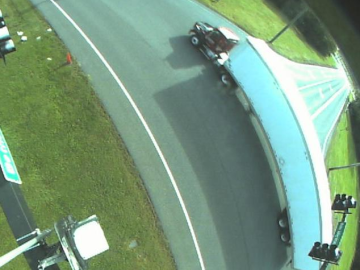
Large trucks lumbering through congested cities could become more fuel efficient simply by not having to stop at so many traffic lights.
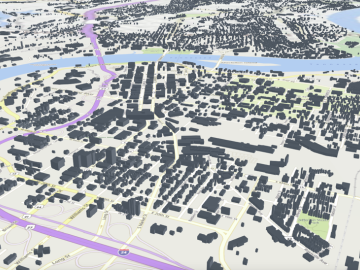
Oak Ridge National Laboratory researchers have developed a modeling tool that identifies cost-effective energy efficiency opportunities in existing buildings across the United States.

Joe Paddison, a Eugene P. Wigner Fellow at the Department of Energy’s Oak Ridge National Laboratory, believes there’s more information to be found in neutron scattering data than scientists like himself might expect.


